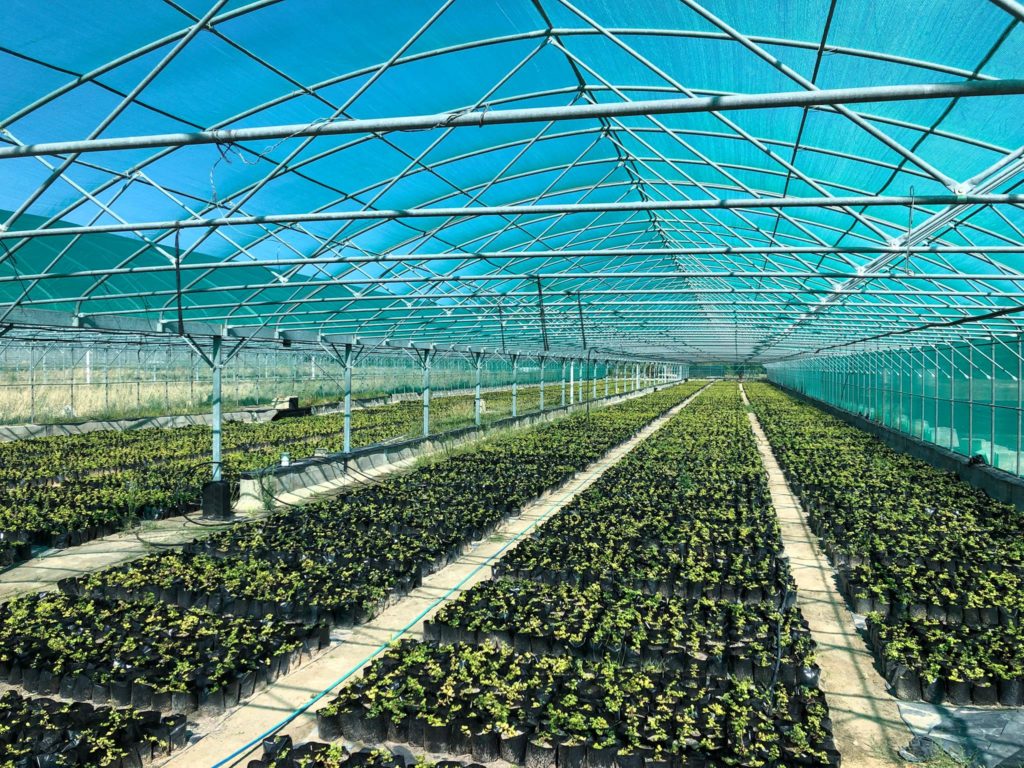Stellenbosch will soon be home to the biggest labyrinth in Africa, and this landmark will become a beautiful leafy maze to remind society of the negative impact carbon emissions have on the environment.
This 13 circuit labyrinth will be entirely created out of spekboom trees.
Speaking to IOL, project manager and labyrinth designer Terry De Fries said that spekboom was selected as it is one of the only trees in the world to release oxygen day and night. “The labyrinth being made of this particular tree will help play a role in the neutralising of the carbon footprint,” De Vries said.
This wonder plant is found predominantly in the Eastern Cape, and is able to grow in poor soil, making it very resilient. It has also been proven that a spekboom thicket is ten times more effective than the Amazon rainforest at removing carbon dioxide from the atmosphere. One hectare of spekboom is able to sequester between four and ten tonnes of carbon per annum.

Called the Great Labyrinth of Africa, founder of the project Peter Shrimpton said the idea of creating a labyrinth came along when he made the connection between spekboom trees and the reduction of carbon dioxide. “If we don’t regress carbon emissions by 2025, we’ll go past the tipping point and all of humanity will face extinction,” he said.
The Great Labyrinth of Africa will be built within the Stellenbosch Bridge Smart City development and is inspired by the labyrinth at Chartres Cathedral in France. It will take four months to complete.

The Chief Executive at Stellenbosch Bridge Smart City and the Head Of Strategy and innovation at Pam Golding Properties are partners and sponsors of this project. The growing of the spekbooms for the labyrinth is currently underway and the new feature could grace Stellenbosch as soon as 2020.
Picture: Great Labyrinth of Africa Project

